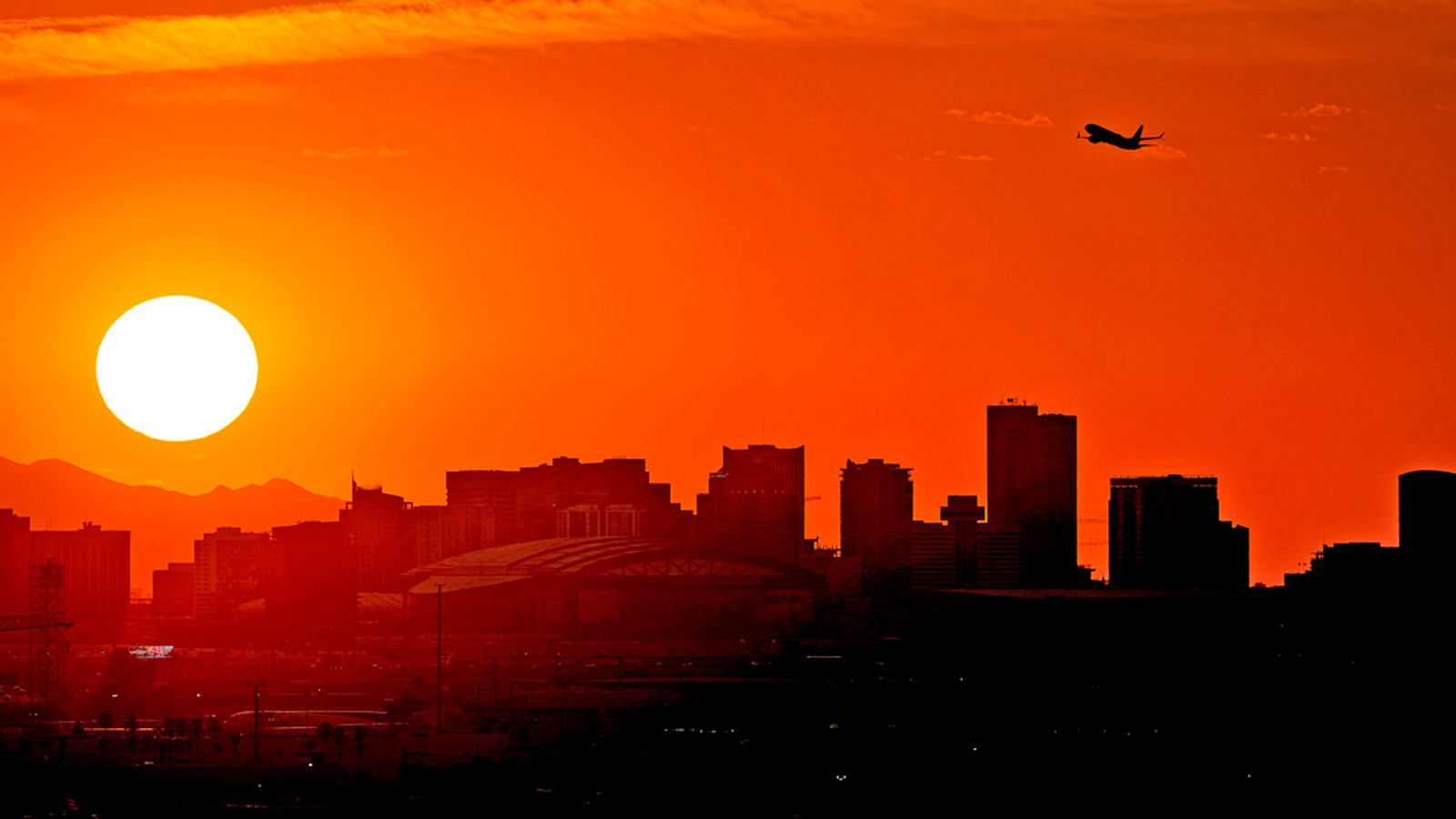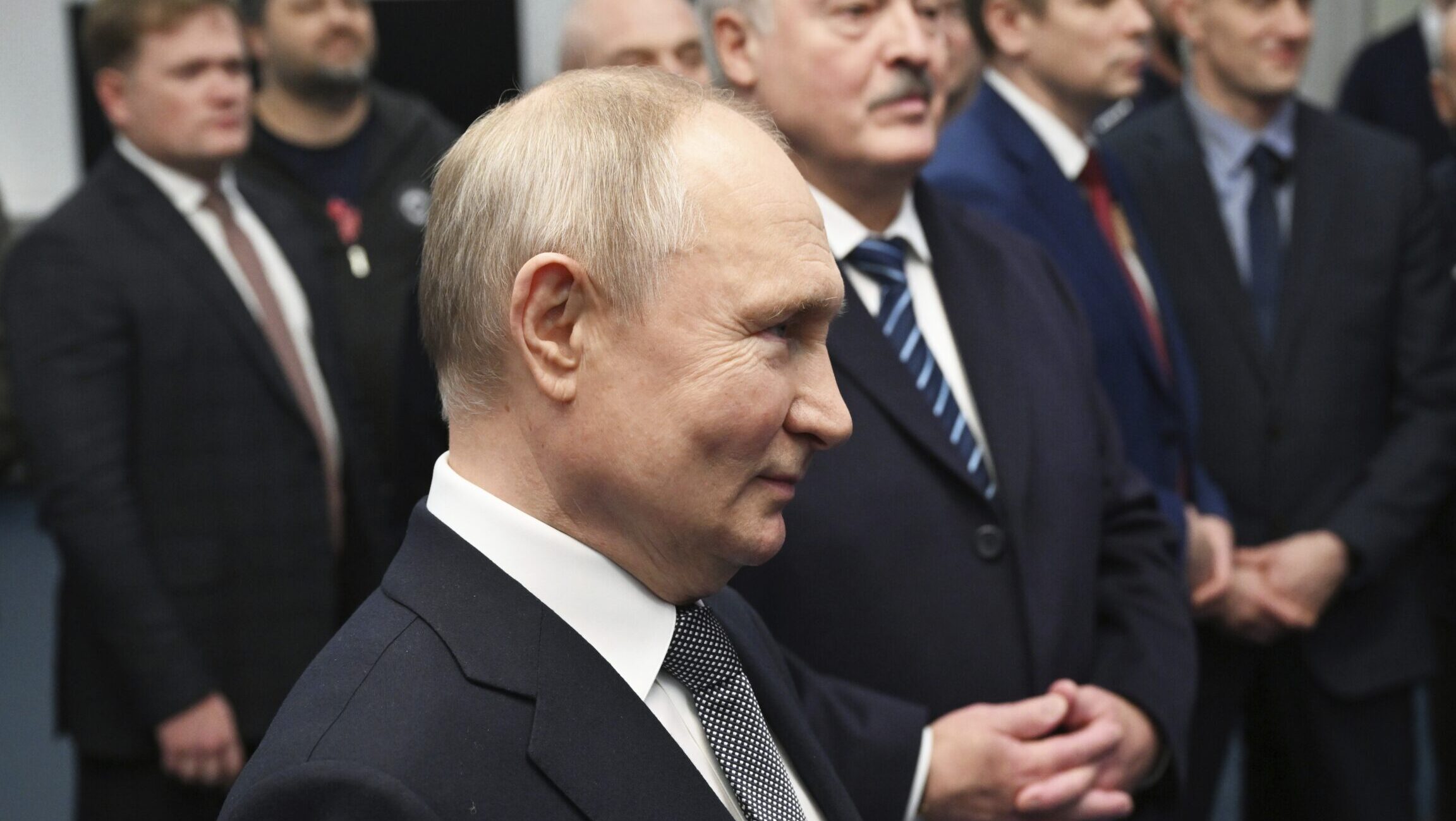Wave of Tibet immolations among history’s biggest
Apr 2, 2012, 1:13 PM
Associated Press
BEIJING (AP) – Dozens of Tibetans have set themselves on fire over the past year to protest Chinese rule, sometimes drinking kerosene to make the flames explode from within, in one of the biggest waves of political self-immolations in recent history.
But the stunning protests are going largely unnoticed in the wider world _ due in part to a smothering Chinese security crackdown in the region that prevents journalists from covering them.
While a single fruit seller in Tunisia who lit himself on fire in December 2010 is credited with igniting the Arab Spring democracy movement, the Tibetan self-immolations have so far failed to prompt the changes the protesters demand: an end to government interference in their religion and a return of the exiled Dalai Lama.
Still, experts describe self-immolations as, historically, a powerful form of protest, and the ones in Tibet might yet lead to some broader uprising or stir greater international pressure on Beijing.
The Tibetan protesters have burned themselves in market places, main streets, military camps and other symbols of government authority in western China, mostly in a single remote county. Most of the protesters have been members of the Buddhist clergy. The latest were two monks, aged 21 and 22, on Friday.
“In scale, this is one of the biggest waves of self-immolation in the last six decades,” said Oxford University sociologist Michael Biggs, who studies politically driven suicides. “Particularly that it’s in one small area of China and in one small ethnic group, definitely, in terms of the intensity compared to the population, it seems to be much greater.”
The pace of 32 self-immolations in little more than a year is more rapid than the suicide-by-fire protests that punctuated the Vietnam War and the pro-democracy movement in South Korea, experts say. It is surpassed only by the more than 100 students in India who burned themselves to protest a caste-based affirmative action proposal in 1990, Biggs said.
Shocking to most people’s sensibilities, self-immolation is calculated, desperate and powerful, Biggs and other experts say. Its effects can be far-reaching, evoking sympathy in people unrelated to the cause and calling the like-minded to action.
For Buddhists, as most Tibetans are, burning the body is seen as a selfless act of sacrifice, especially in defense of religion, and it carries a resonant history.
In the 6th century, the Chinese monk, Dazhi, used a red-hot iron and a knife to burn and then peel the flesh from an arm then removed the bones and set them on fire to protest limits on the Buddhist community ordered by a Sui dynasty emperor, said James Benn, author of “Burning for the Buddha,” a book about Buddhist self-immolation.
Sometimes the distinction is blurry between political protest and suicide. In Afghanistan, for example, self-immolation is a common way for women to commit suicide. Many self-immolations have been reported in Tunisia since fruit seller Mohammed Bouazizi’s act, but experts say most of them were likely suicides for personal reasons, not protests.
As a modern protest tactic, fiery suicide was effectively invented by the Vietnamese Buddhist monk Thich Quang Duc, who sat in a lotus position on a busy Saigon street in 1963, had other monks pour gasoline on him, then struck a match. Reporters had been called beforehand.
The monk was protesting the South Vietnamese government’s discrimination against Buddhists and his act touched off anti-war sentiments in America and undermined support for the U.S.-backed regime.
“When someone stands up to violence in such a courageous way, a force for change is released,” Vietnamese monk Thich Nhat Hanh later wrote about Duc’s immolation in a book about nonviolent social change. “Accepting the most extreme kind of pain, he lit a fire in the hearts of people around the world.”
So far, the Tibetan protesters have failed to get what they want.
Each immolation has prompted authorities to heighten the security that has smothered the area since an uprising against Chinese rule in 2008. The security cordon has kept journalists out. Searches of Tibetans and Internet and mobile phone service suspensions keep the message from spreading.
Without the graphic images of a person ablaze, the immolations have yet to produce an iconic symbol the world can latch onto.
Also, China’s emergence as the world’s second-largest economy and its growing diplomatic clout make it less likely that foreign governments throw any substantial weight for the Tibetan cause.
“There’s a real sense that Thich Quang Duc and the Buddhist monks who set themselves on fire in Saigon in 1963 were able to change American foreign policy and therefore bring down the government in South Vietnam,” Biggs said. “But of course, there’s no leverage that anybody in the West has over China that is comparable.”
The protests are unlikely to sway a Chinese population that has come to associate the tactic with the banned Falun Gong spiritual movement after five of its members set themselves on fire on Tiananmen Square in 2001. China used the event _ in which a woman and her 12-year-old daughter died _ to support its claim that Falun Gong is an “evil cult” and justify a brutal crackdown.
The Chinese public, in any case, has little sympathy for Tibetan appeals. Many in the Han Chinese majority adhere to the government’s position that Tibetan protesters want to split Tibet from China.
Still, in the Tibetan areas, the immolations have often been followed by mass demonstrations _ underscoring the power the protest has in galvanizing a community.
In January, a 42-year-old monk named Sopa in Qinghai province drank kerosene and threw it over his body before setting himself alight. Radio Free Asia quoted a source as saying his “body exploded in pieces” before police took it away. Residents reportedly smashed the windows and doors of a local police station to get the body back, then paraded it through the streets in protest.
“Self-immolation is an extraordinarily effective psychological tactic,” said John Horgan, a terrorism expert at Pennsylvania State University who is leading a project to compile a database of self-immolations in the world.
“Because self-immolation doesn’t result in the killing of innocent bystanders, it is often characterized as an extremely noble gesture, borne out of frustration and helplessness,” Horgan said.
Self-immolations don’t have the same negative associations as suicide bombings, but tend to generate the same amount of publicity, Horgan said.
“When there’s a really pervasive frustration and all options are used and not working, then self-immolation as a tactic or protest is taken seriously,” said Ben Park, a Pennsylvania State University expert on self-immolations in South Korea between 1971 and 1993.
Park said around 70 people, many of them young rural migrants in the country’s cities, set themselves on fire in protest against authoritarian rule in Korea over those two decades. “They don’t want to die. They prefer living to death but they feel that they have to do it.”
___
Follow Gillian Wong on Twitter at
http://twitter.com/gillianwong
(Copyright 2012 The Associated Press. All rights reserved. This material may not be published, broadcast, rewritten or redistributed.)









